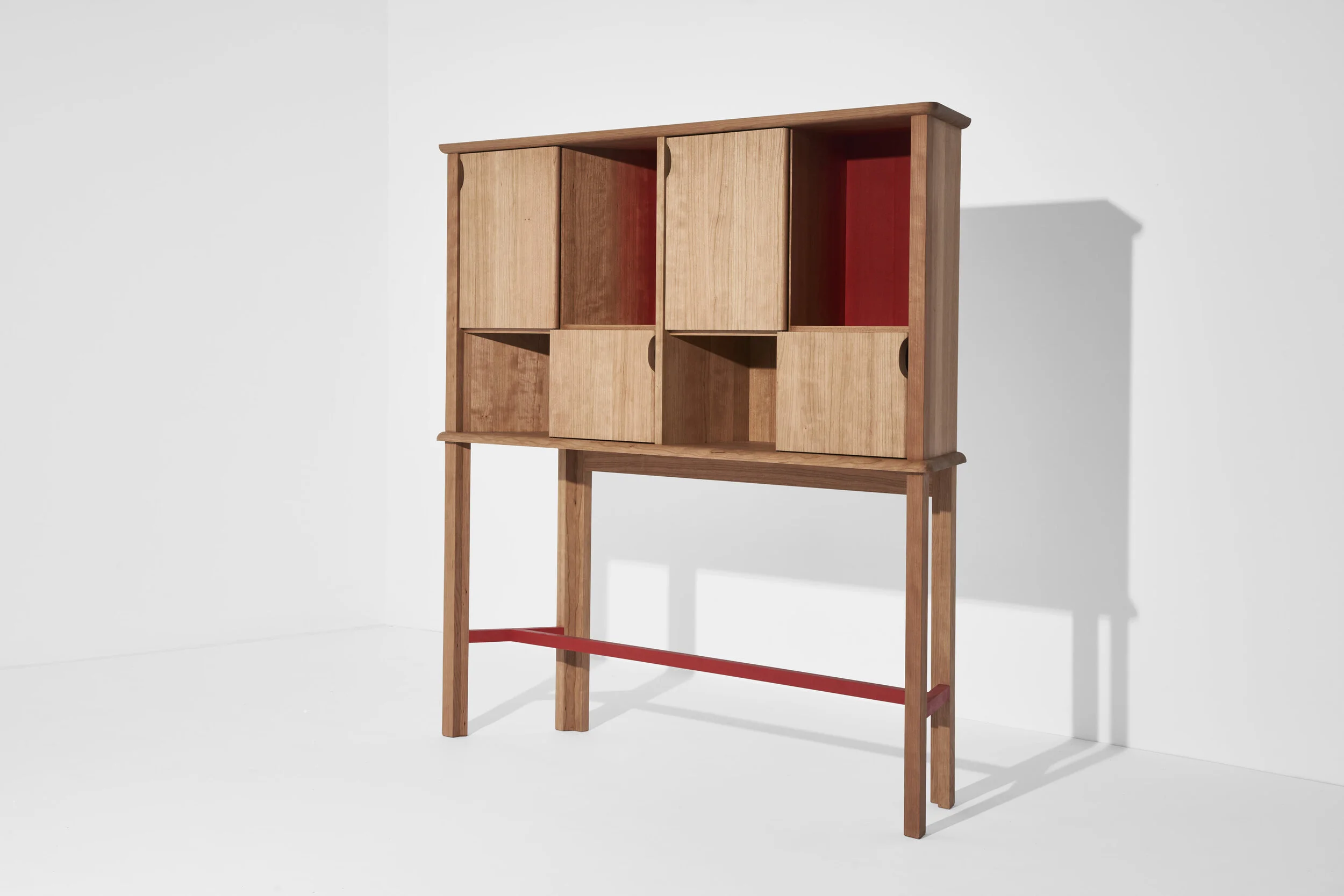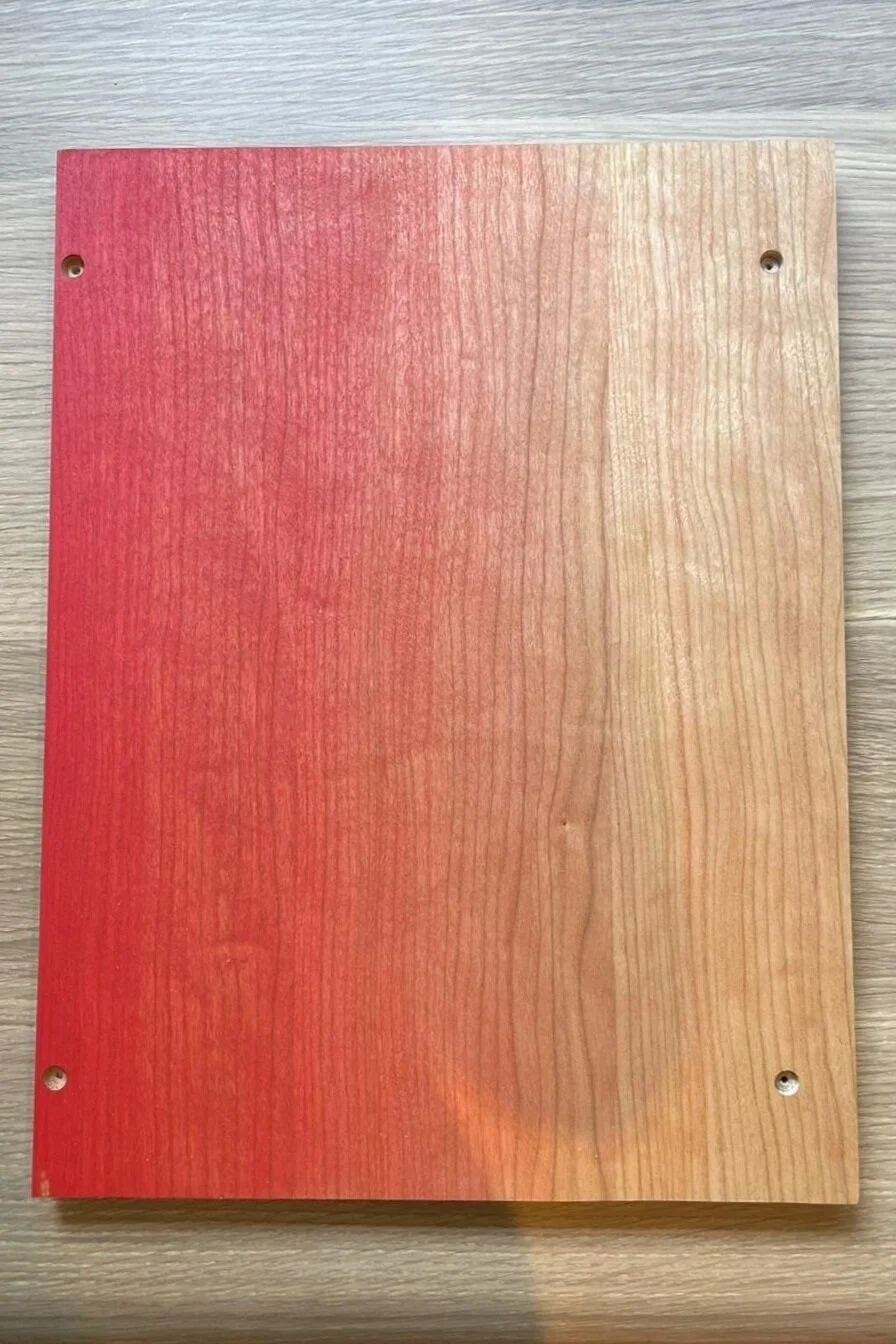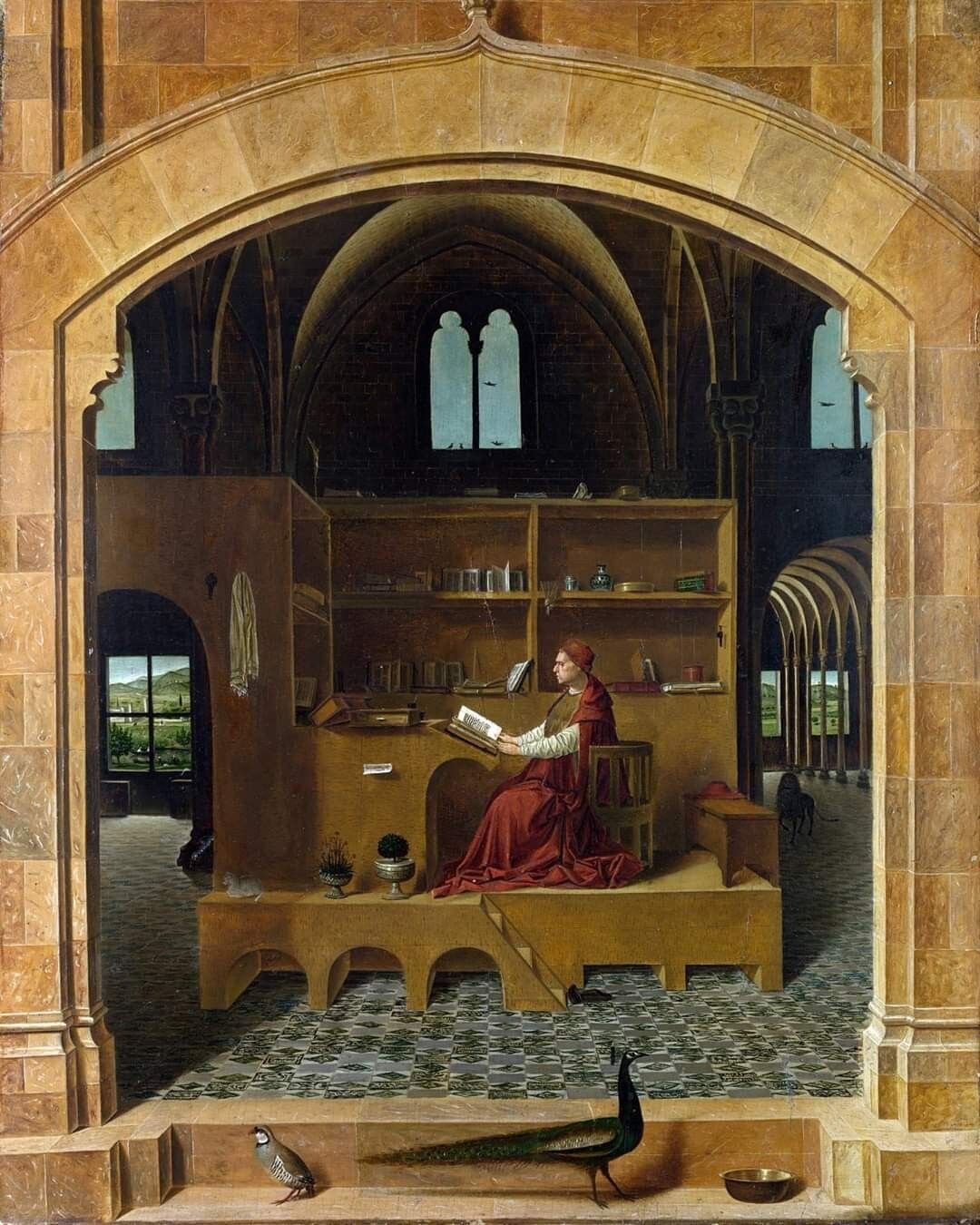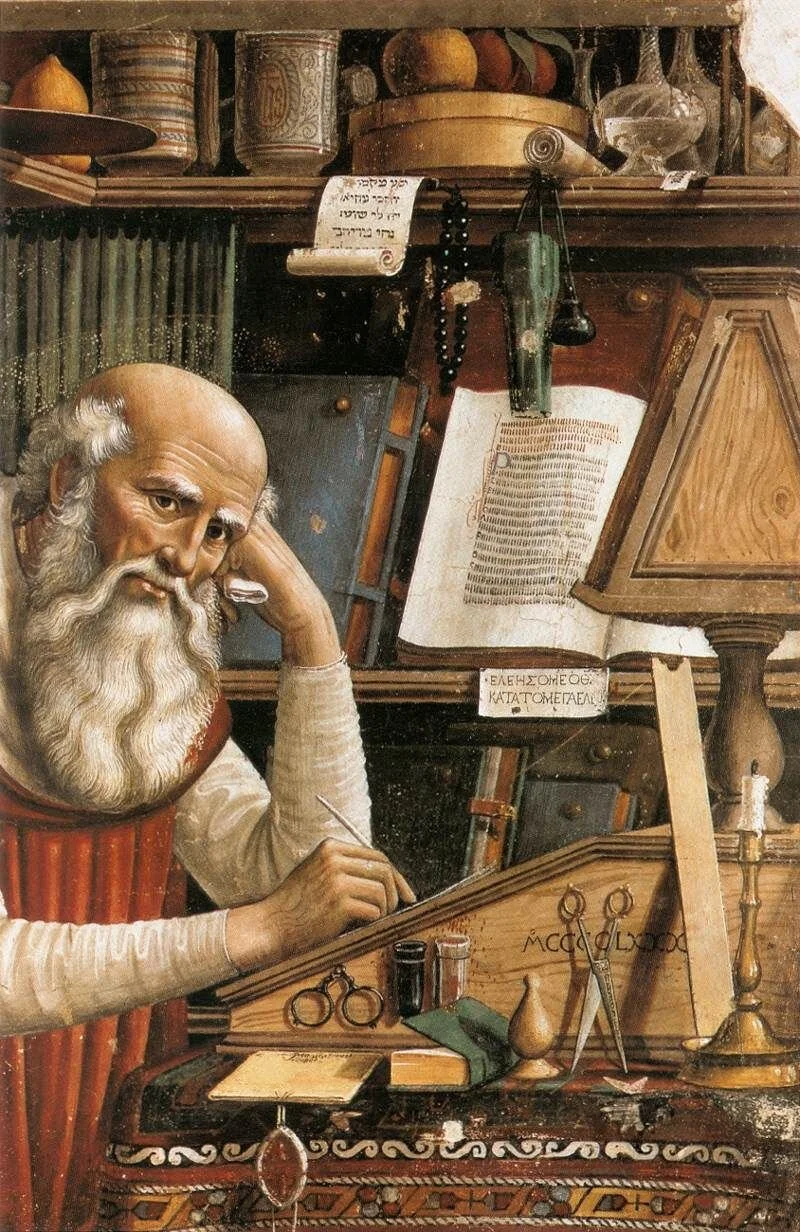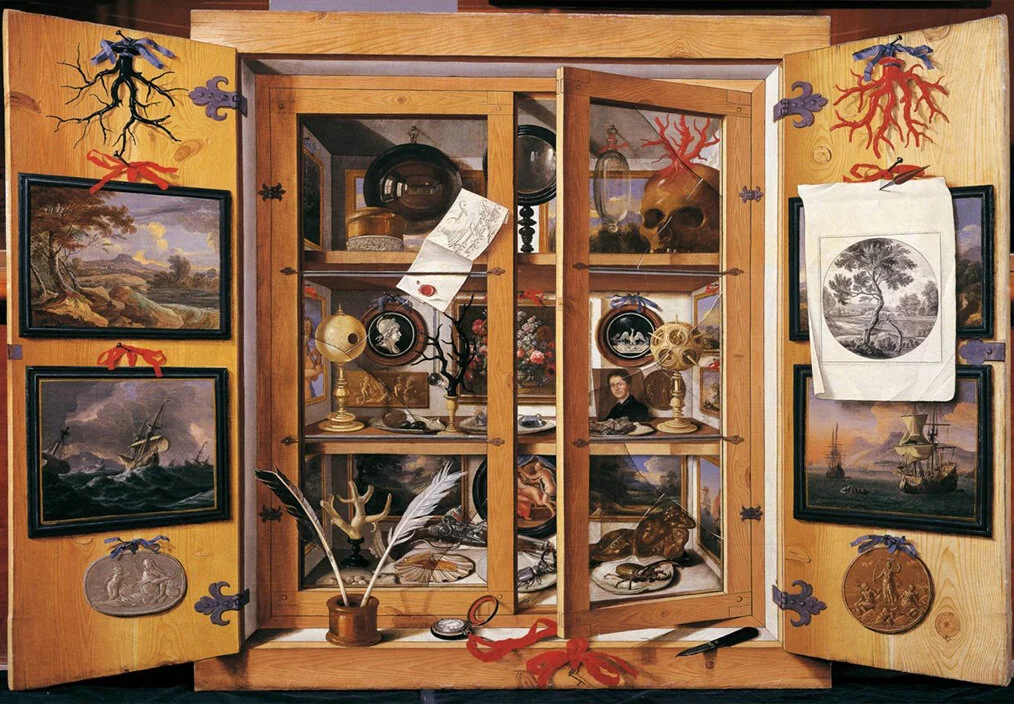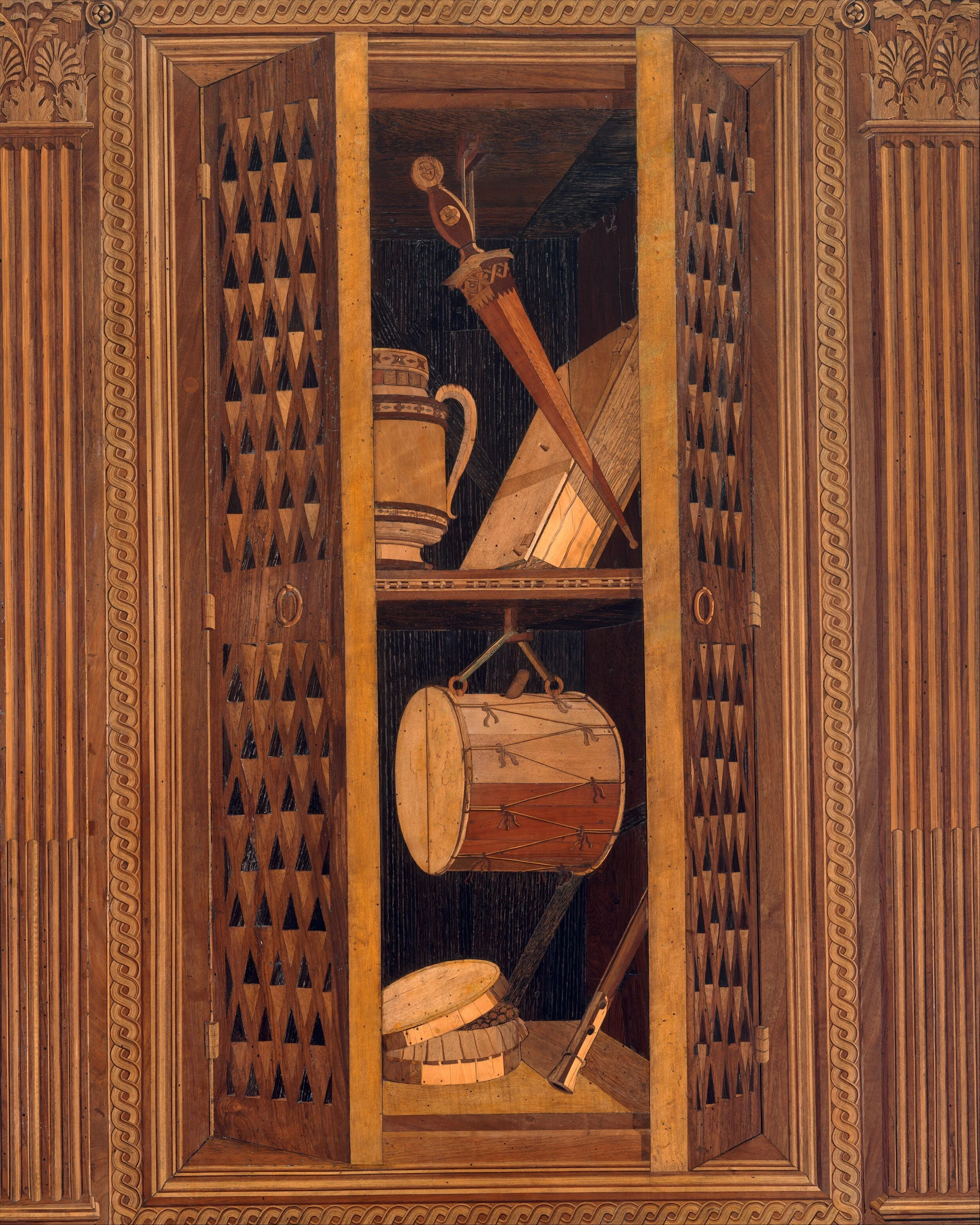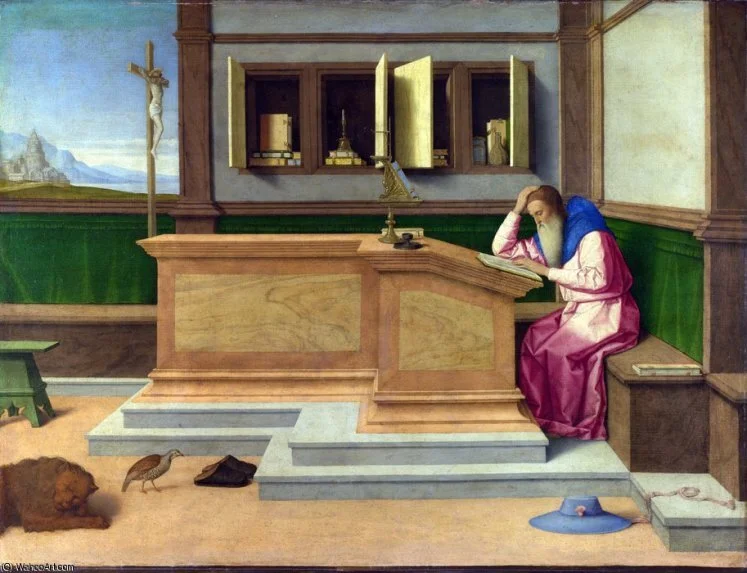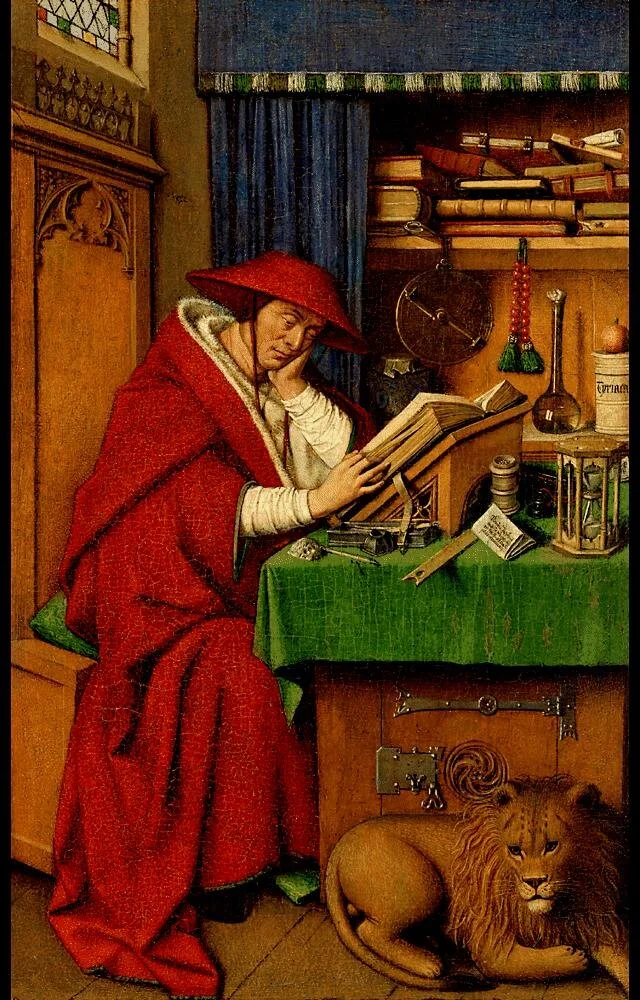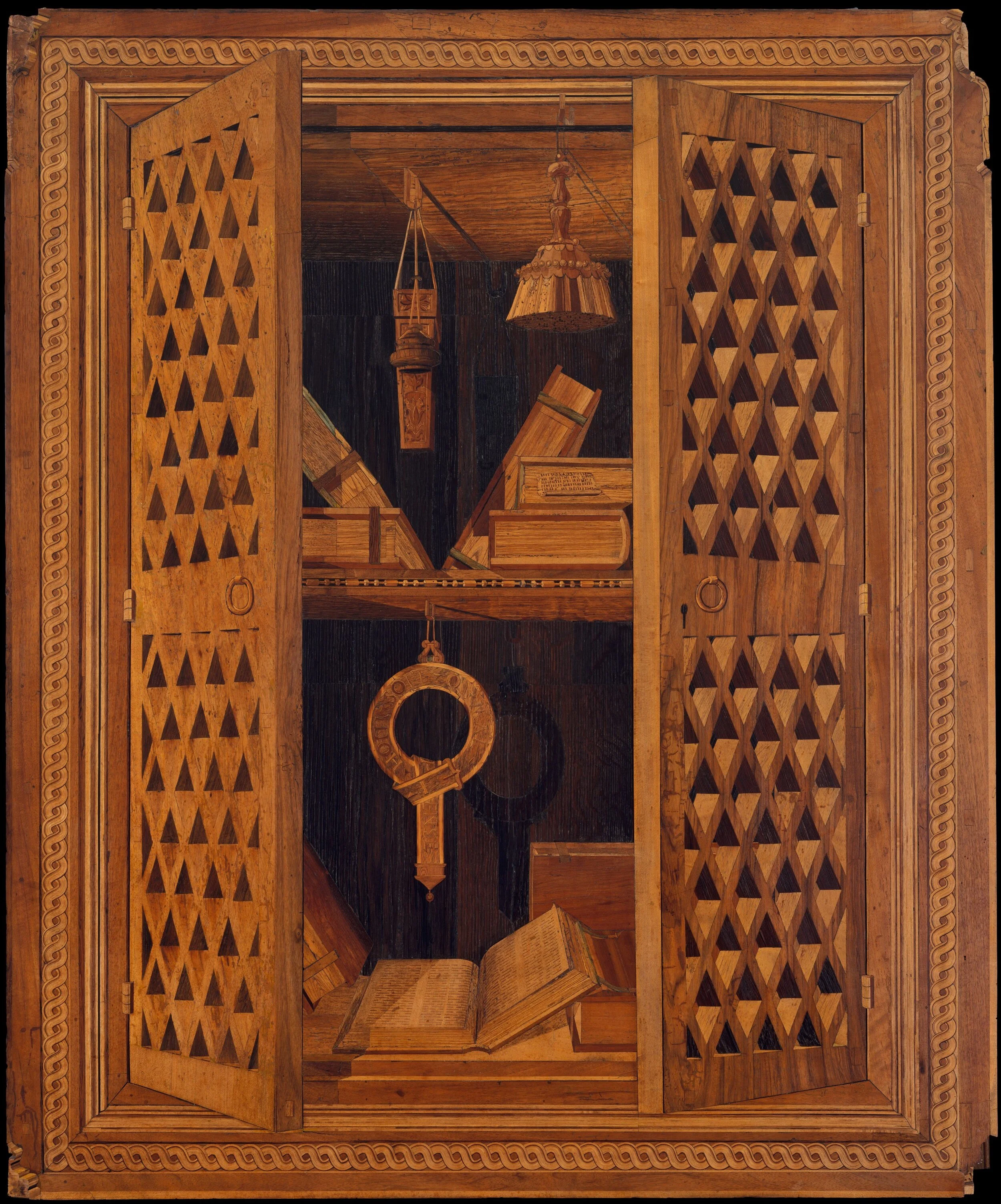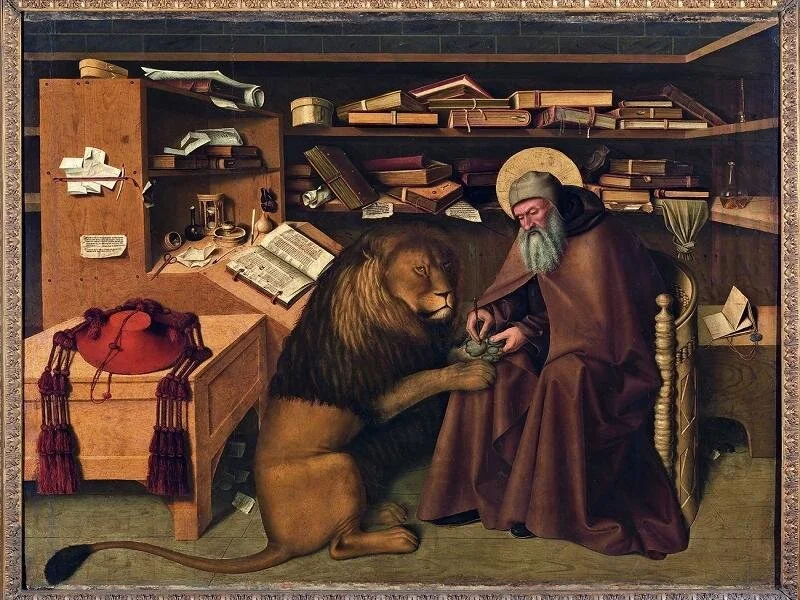Year: 2021
Typology: Furniture
Studiolo 2.0 has been designed for “Discovered Designers” a project in collaboration with Wallpaper*magazine and AHEC.
It has been exhibited at the Design Museum of London during the LDF 2021.
“Studiolo 2.0”
A scenography used as an extension of ourself
During the pandemic our homes became backgrounds for business meetings that changed the dynamics of professional relationships. We had new boundaries but at the same time, many disappeared, everything moved from the physical dimension to a virtual one: the private and the public space got completely mixed together. That made me wonder how we can regain control of our private sphere.
Studiolo 2.0 is a cabinet to present oneself through objects that could be exhibited or hidden. Inspired by the Renaissance studioli and wunderkamme , the cabinet aims to rediscover and update the versatility of furniture in the ancient European coorts, where private environemnts could suddenly turn public for mundane events when needed. Using wood to convey depth, the design is a compact architecture that has both practical and aesthetic purpose.
In the fifteenth century in many houses there were special room called that were set aside for study and contemplation, it was called studioli. It was a symbol of learning during the Renaissance. Those places were furbished with cabinets and bookshelf to contain books, arts and objects. They were private space dedicated to study and contemplation but they could suddenly turn public for mundane events when needed. It’s interesting to see that the cabinets presented in those places had doors and curtains that allowed to exhibit or hid the items contained.
While in the sixteenth century an other furniture typology was very popular: the cabinet of curiosities, a cabinet to store and exhibit a wide variety of objects and artifacts, with a particular leaning towards the rare, eclectic and esoteric. Through the selection of objects, they told a particular story about the world and its history.
